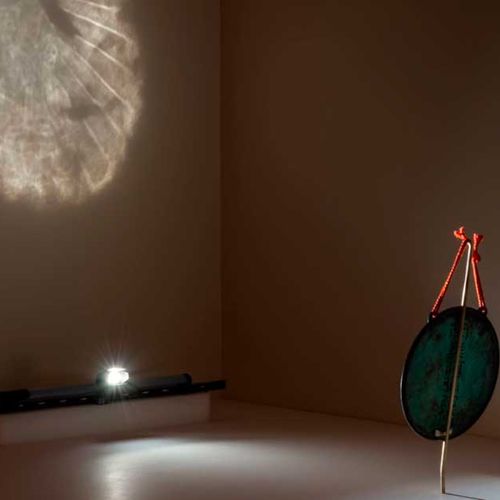
| Added | Thu, 20/05/2021 |
| Источники | |
| Дата публикации | Mon, 09/07/2018
|
| Версии |
Here's something you may not have known about the collodion photography process of the 1800s: it can cause some of the tattoos in the photos to disappear. This is a curious phenomenon that the photographer Michael Bradley used "Puaki"in his portrait project.
"The idea first came up when I saw several images of wet collodion plates from photographers around the world who were taking pictures of people with tattoos," Bradley tells PetaPixel.
I have been shooting with this method for several months and was looking for a long-term project when I saw these images of people with tattoos and noticed that some disappear depending on the color of this tattoo.
I noticed that the green / blue shades looked like they were more likely to fade, especially in someone with slightly darker skin, and that gave rise to the idea."
Bradley decided to focus his camera on the indigenous Maori people of New Zealand, whose traditional tā moko tattoos are being revived.
Tā moko differs from conventional tattooing in that chisels (called uhi) are used to cut out the skin, rather than needles for punctures. As a result, the skin in the places of the tattoo has grooves, and not smoothness.
Bradley realized that when photographs of traditional tamoko were taken in the 1800s, the tattoos themselves hardly appeared, and so were lost to history.
"The wet photography method used by European settlers helped erase this cultural marker - and over the years, this has been confirmed in real life," the project said in a statement . "The ancient art of Tamoko was increasingly suppressed as the Maori assimilated into the colonial world."
To capture the rebirth of tā moko, Bradley took two portraits of Maori with facial tattoos: one with a digital camera to show the tattoos as they look in real life, and one on a wet collodion plate to show the same person without the tattoo.
* «The wet collodion process" is so named because it required immediate exposure and laboratory treatment of the finished emulsion and lost its properties when dried. This photographic process was used as a binding medium for photosensitive crystals of collodium silver halides. In the late 1850s, this technology completely replaced daguerreotype, thanks to higher light sensitivity and image quality.
Новости со схожими версиями
Log in or register to post comments









